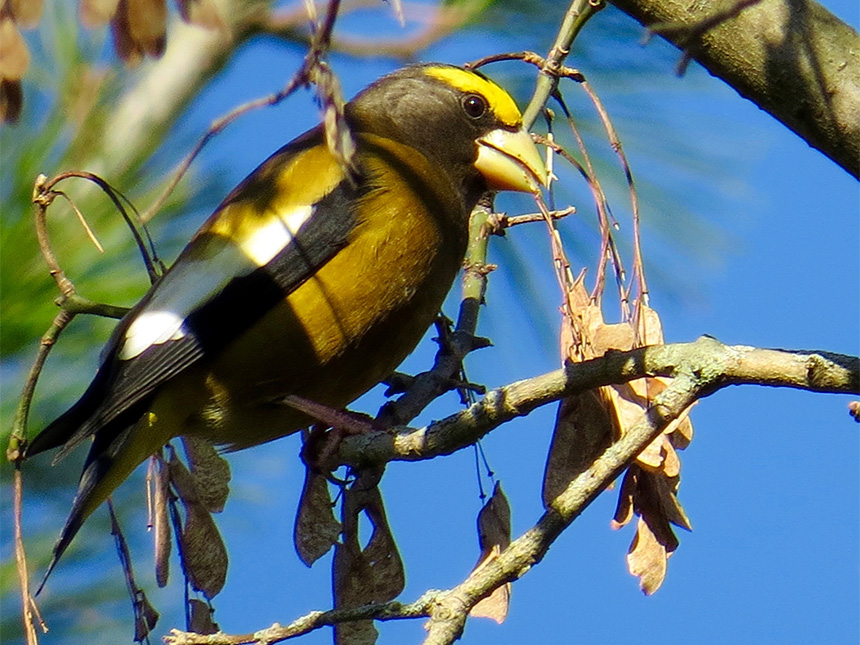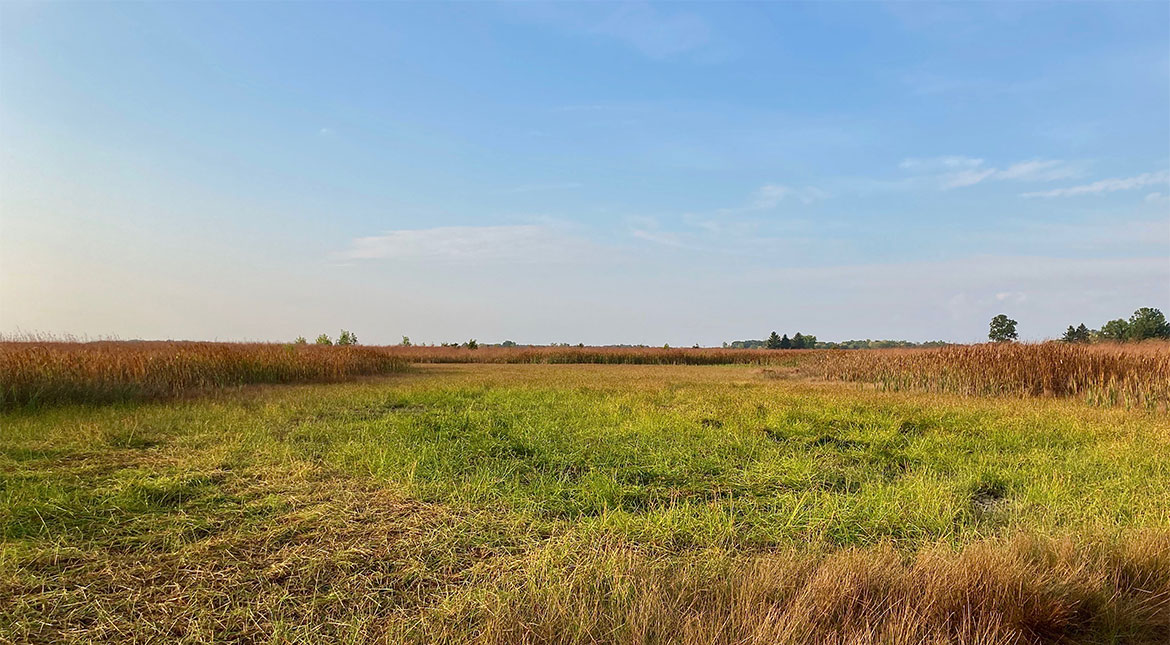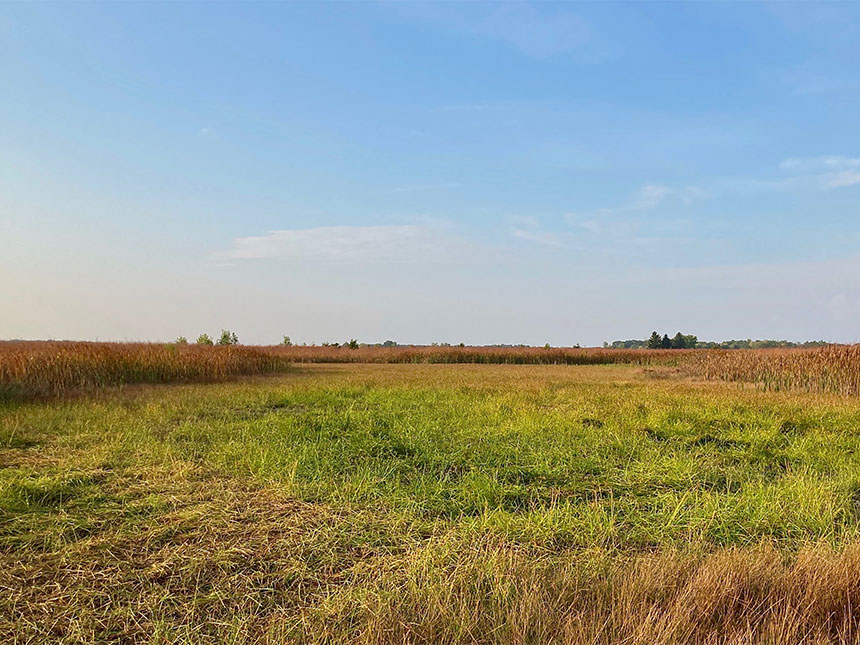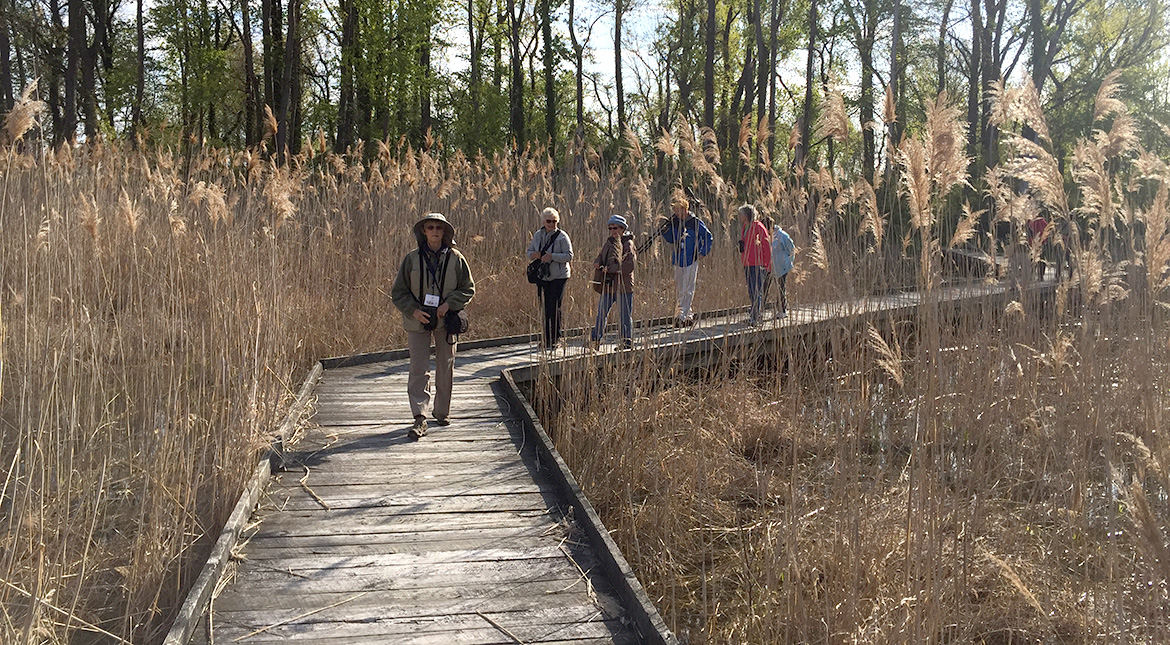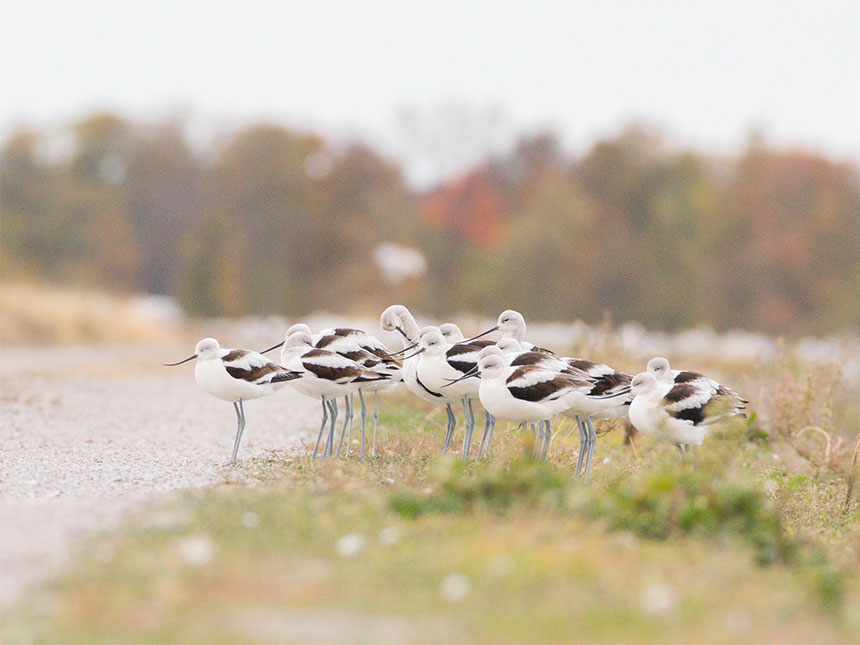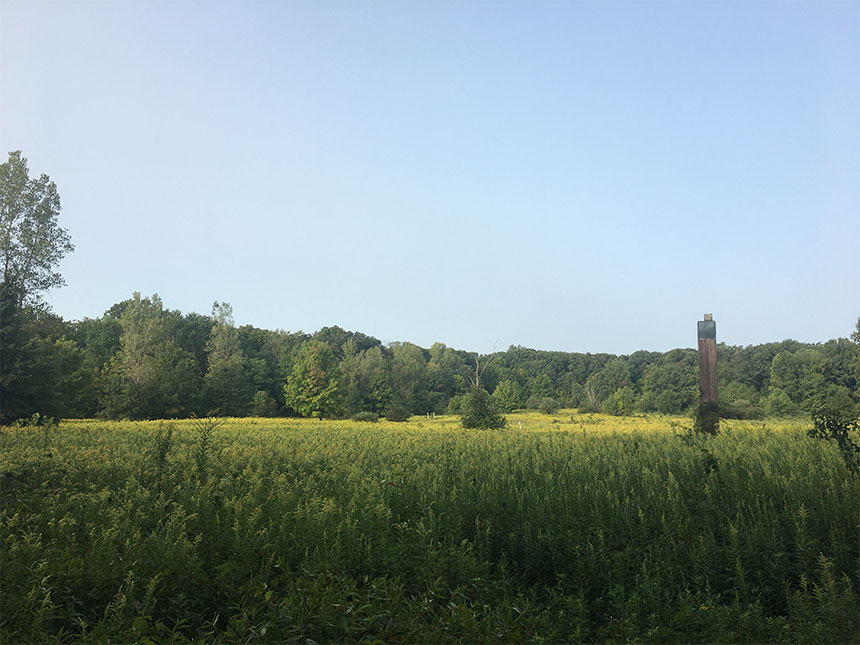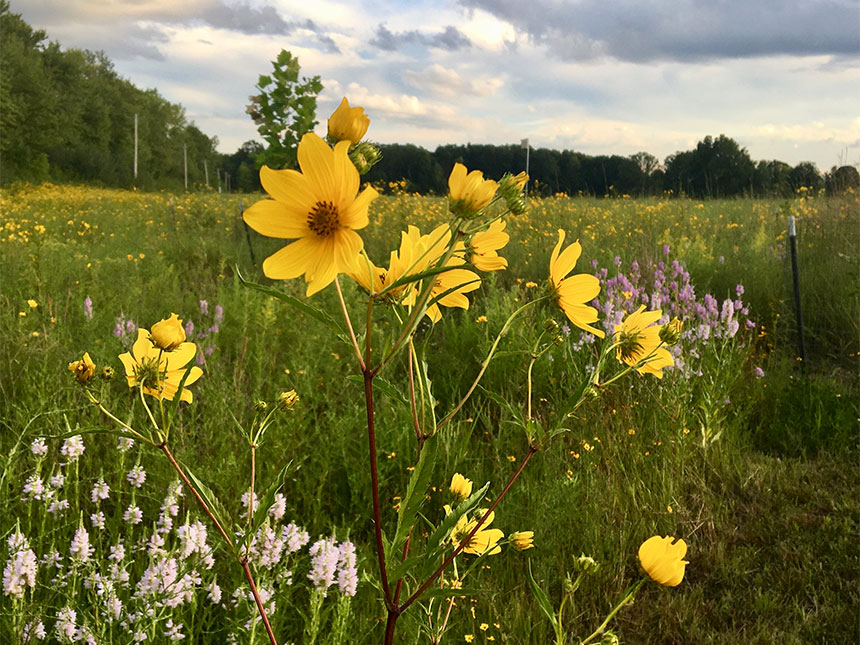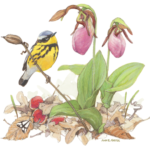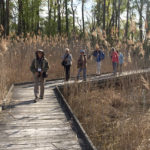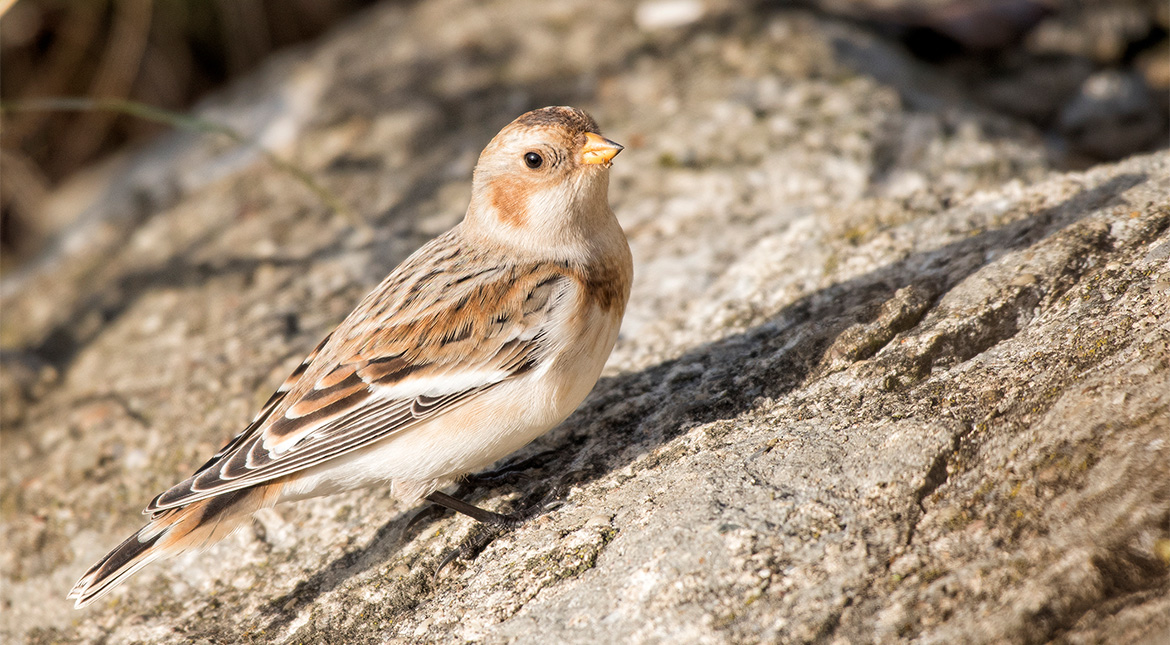
Where We Are Birding – November
Each month, our OOS Regional Directors are sharing their favorite birding hotspots in their respective regions – and beyond. These include some well-know destinations, specialty spots for specific species, and their own secret, treasured local patches. Have a favorite birding location? Reach out to your OOS Regional Director and let them know!
Amy Downing – Northwest Regional Director
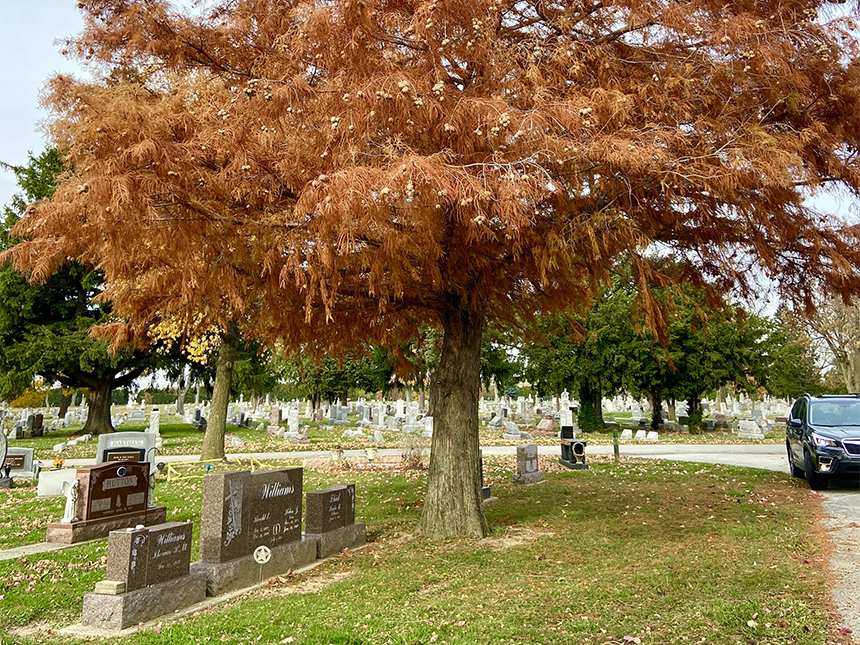
Maple Grove Cemetery – Hancock County
My birding focus until the weather turns nasty is hiking, but there are a few spots I hit on for specialties in Hancock County, and one is cemeteries like historic Maple Grove in Findlay. Because it is totally drivable and quiet with large old trees, it’s perfect in both good and bad weather. I’ve had Oregon-type Juncos and wintering Merlin most years, and since it is full of Sweet Gum, Larch, and large Pines I have been hoping for special northern visitors like Evening Grosbeak, Common Redpoll, and Pine Siskin. This is totally accessible birding, and most like most cemeteries welcome all respectful visitors including birds!
Kandace Glanville – Central Regional Director
Hoover Reservoir – Delaware County
Hoover Reservoir and Hoover Dam Park in Franklin and Delaware counties are a great place to check in the fall and winter for ducks, gulls, and other water bird rarities. Having a scope is highly beneficial, as the reservoir is pretty large and there’s often rafts of ducks pretty far out. In November 2018, a rare Black-legged Kittiwake was found here by David O’Ryan Donahue. All 3 Scoter species, in addition to some other uncommon ducks as well as uncommon gulls are regularly found here.
The top walkway of the reservoir dam is flat, paved, and easy to navigate, though as far as I know, the top dam walkway is closed for construction until 2022. It’s also possible to see some of the reservoir from your car in the parking lot! There’s multiple parking lots along the reservoir, allowing for many viewpoints. From my experience as a young woman birding here, I’ve always felt very safe at this hotspot.
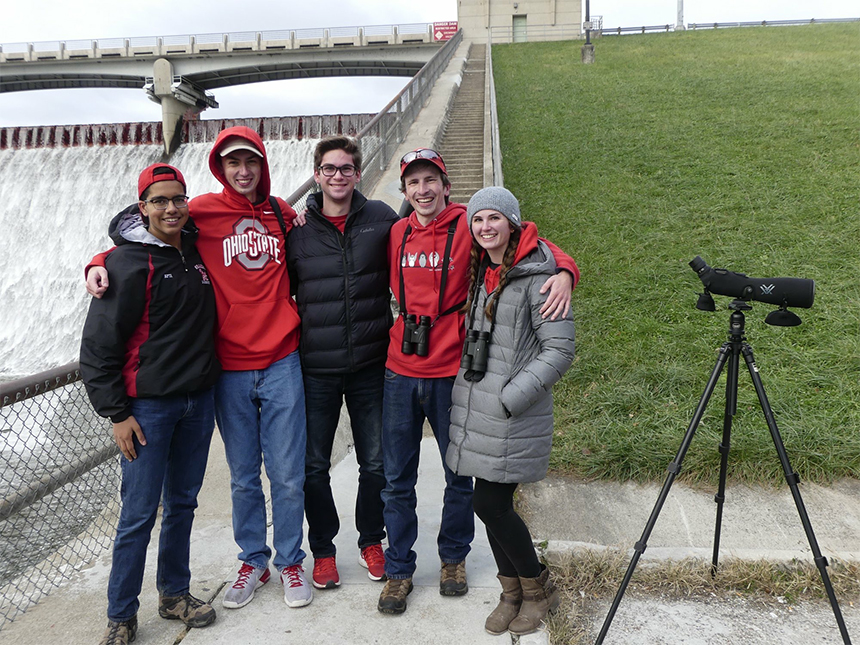
Diana Steele – Northeast Regional Director
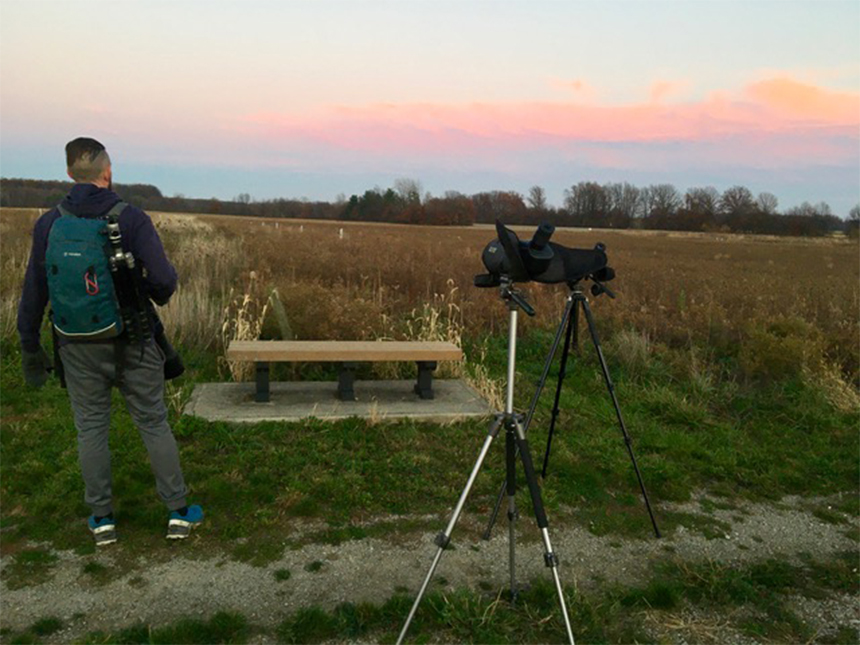
Margaret Peak Nature Preserve – Lorain County
For November 2020, short-eared owls and Northern harriers have been the highlights. The owls appeared there for the first time ever on November 3, and birders have gathered at dusk every evening to watch the acrobatic show. A mown path leads from the parking lot to a packed gravel walkway through the field heading back to the ponds and a small woods. Several observation mounds and benches dot the property. During migration, many species of warblers and waterfowl visit the preserve, but the real highlights may be the breeding grassland species: grasshopper and vesper sparrows, dickcissels, and bobolinks. Vagrant rarities are always a possibility: Smith’s longspur, black-bellied whistling duck, and clay-colored sparrow have all dropped in, for a total of 202 species.
Jon Cefus – East Central Regional Director
Lake Cable (and others) – Stark County
This month, I will be searching for waterfowl. In the east central area of Ohio, there are many lakes and reservoirs, and therefore many options to choose from. Stark County has several natural lakes including Lake Cable and Sippo Lake. Over the years, Lake Cable has produced a nice variety of diving ducks including all 3 species of Scoters, and Red-throated Loons. In Wayne County, finding diving ducks is more difficult, however areas like Killbuck Marsh and Funk Bottoms Wildlife Area offer fantastic habitat for dabblers, including rare species such as Cinnamon Teal in 2018. I’ll also be keeping my eyes and ears on the sky, as we are into peak migration of Tundra Swans. Learning their flight call can payoff as a flock approaches an area to land or passes over your head on their journey southward. Seneca Lake, which touches Guernsey and Noble Counties (a Southeast Regional County), has held some remarkable numbers of waterfowl historically, including massive flocks of Loons, at times numbering into the hundreds of individuals.
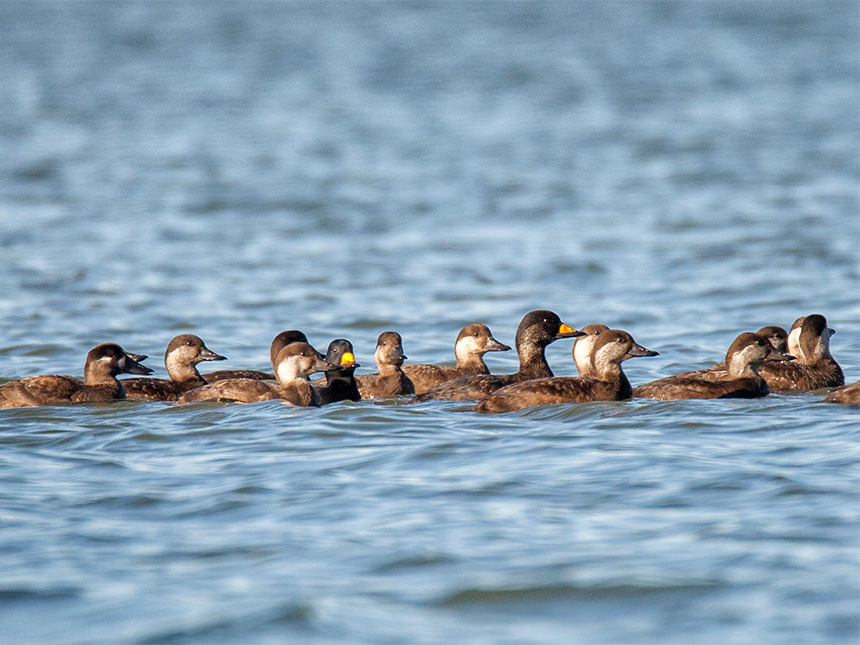
Tyler Ficker – Southwest Regional Director
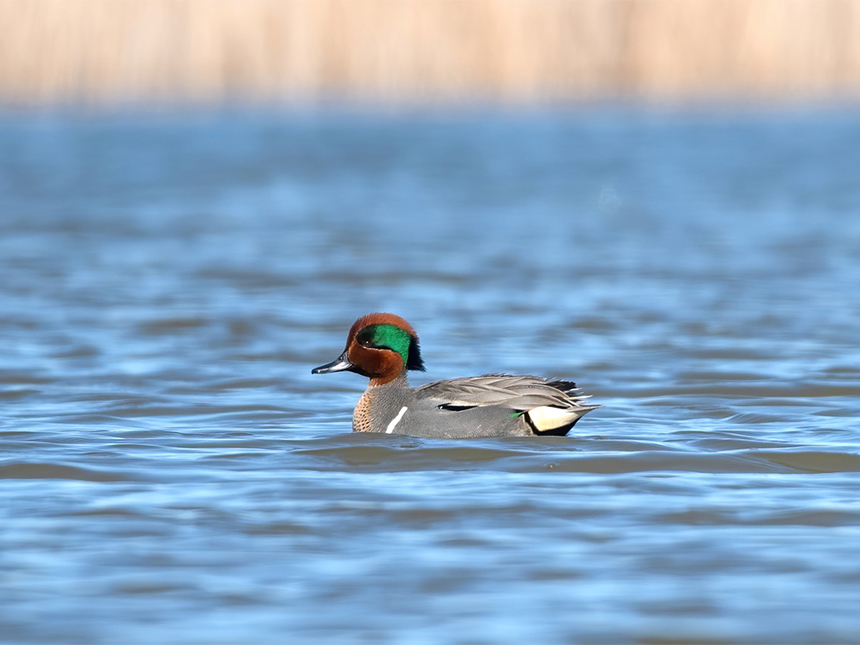
Highland Stone Quarry – Highland County
Highland Stone Quarry in Highland County boasts some great waterfowl numbers this time of year. With as many ducks and geese that stay there, you never know what might be mixed in!
Melissa Wales – Southeast Regional Director
Lake Snowden – Athens County
Lake Snowden in Athens County remains a late fall SE Ohio hotspot, especially for migrating waterfowl including American Coot, Northern Shoveler, Common Loon, Ruddy Duck, and Grebes (Pied-billed and Horned). The bushes around the fish ponds have been very good for sparrows including White-crowned and Vesper, and also Wilson’s Snipe.
Strouds Run State Park has an accessible gravel trail named Blackhaw just off the last parking lot on the right before you turn into the main entrance off Strouds Run Road. It winds along the lake with some large pines that have been good for Red-breasted Nuthatch. There’s a nice little deck area from which you can look for herons and Belted Kingfisher. Following the length of the trail about a half mile to where it ends at the next parking lot will give you a chance at Brown Creepers, Kinglets, Yellow-rumped Warblers, and Hermit Thrush.
